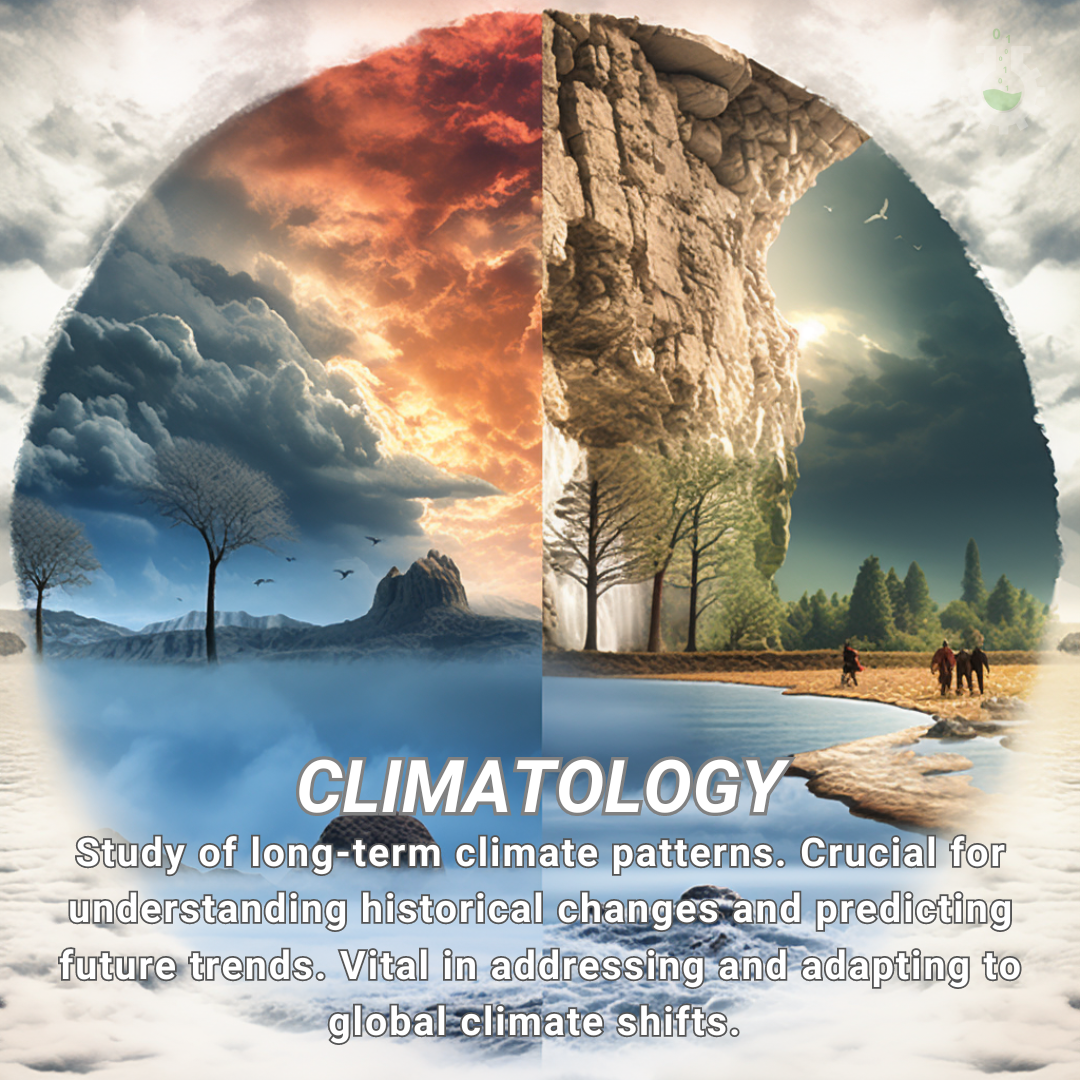December 14, 2023
Climate Change Poster Collection of the Day – Climatology
Book a Demo
Today’s Climate Change Poster Collection focus on Climatology. The term ‘climate’ has its roots in the Greek word ‘klima,’ signifying long-term weather conditions, usually averaged over a span of three decades. The Intergovernmental Panel on Climate Change (IPCC) further elaborates this definition, stating that climate is a statistical representation of weather conditions. These conditions can include temperature, wind, and precipitation, and can span over a variety of time frames, from months to millions of years.
Our Earth’s overall climate is a composite average of local climates, which can significantly differ based on a multitude of factors. These factors can include geographical location, altitude, and proximity to bodies of water, among others.
The focus of climate science is on understanding the natural forces that dictate these climate conditions. A key area of study in this field is the interaction between solar energy and the Earth’s atmosphere, oceans, and land. The field of climate science is not a new one; its study dates back to more than 200 years. Notable scientists such as Joseph Fourier, John Tyndall, and Svante Arrhenius have made significant contributions to this field.
Climatology, a branch of climate science, is the scientific study of Earth’s climate. Its scope includes the study of climate variability, the mechanisms of change, and modern climate change. To gain a comprehensive understanding of the climate, climatologists employ various methods. These include the analysis of observations and the modelling of physical processes. Climate models are particularly useful for studying weather dynamics and predicting future climate scenarios.
The field of climatology is broad and encompasses various sub-disciplines. These include physical climatology, which focuses on the physical processes that create the climate; dynamic climatology, which studies the large-scale movements of air; and tornado climatology, which focuses on the occurrence and causes of tornadoes. Other areas include regional climatology, which studies the climate of specific regions; bioclimatology, which explores the interaction between the climate and living organisms; and synoptic climatology, which involves the analysis of large-scale weather patterns.
Paleoclimatology is another critical sub-discipline that seeks to understand past climates. It utilizes records like ice cores, tree rings, and sediment layers to study climate conditions of the distant past. This information can be invaluable in understanding current climate trends and predicting future ones.
The study of climate and its various aspects is a complex and multifaceted field. It requires a comprehensive understanding of numerous natural phenomena and their interactions. As our world continues to grapple with the impacts of climate change, the importance of climate science and climatology becomes increasingly evident.
Discover an inspiring collection of climate change poster.



